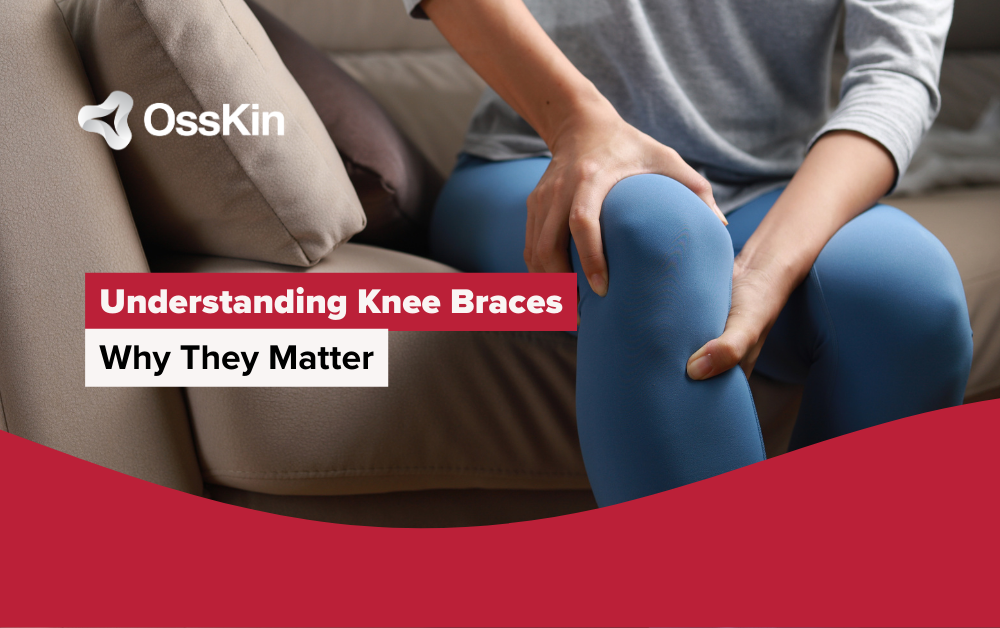
The knee is a complex joint consisting of various tissues such as cartilage, the medial, lateral, anterior cruciate, and posterior cruciate ligaments, menisci, and bone. Due to its constant use, it is prone to developing musculoskeletal problems. Knee pain can arise from conditions like inflammation, congenital abnormalities, trauma such as fractures and sprains, autoimmune diseases, or joint misalignments. To address these issues, a wide range of orthotic devices are available, offering a specific treatment option for numerous knee conditions.
While osteoarthritis can affect individuals of varying ages, it predominantly affects those aged 45 and above, with the incidence highest between the ages of 55 and 64 years of age. This condition involves a cycling of inflammatory factors that cause cartilage damage, narrowed joint space, and oftentimes, proliferation of bone through osteophytes. This can lead to symptoms of osteoarthritis like pain while walking, climbing stairs, stiffness, reduced joint range of motion, and joint swelling that cause discomfort. In such cases, interventions such as physical therapy, knee bracing, and foot orthotics can provide pain relief.
Both knee braces and splints are orthopedic accessories designed to alleviate, treat, or stabilize the knee. They offer comfortable and secure support while allowing for improved range of motion and flexibility at the knee joint. Knee braces and splints can be applied in various contexts, including:
These braces are designed to alleviate strain on the knee compartment affected by osteoarthritis, which is most frequently the medial compartment. By improving the joint’s biomechanics, these orthotics realign the pressures within the knee, relieving pain. They can help normalize knee function and potentially delay the need for knee replacement surgery. At OssKin, we offer the exclusive Evoke® orthosis, the first knee brace for osteoarthritis that replicates natural knee movement. This orthosis is significantly lighter than other options on the market, providing relief and comfort to patients who use it.
Stabilization of functional knee braces are designed to stabilize the knee following ligament imbalances, trauma, or surgery. They offer support and stability during rehabilitation. Common indications for this type of orthosis include:
The primary purpose of this brace is to immobilize the knee, as the name suggests. It is commonly prescribed post-surgery to facilitate joint healing or in cases where knee stability is compromised due to injury. The brace temporarily restricts the knee’s range of motion. Its mechanical components allow it to adapt to the patient’s needs and rehabilitation progress. Here are the main indications for using immobilization orthosis:
Evoke, the world’s first knee brace for osteoarthritis that replicates natural knee movement. This knee brace offers numerous advantages. This unique product incorporates advanced technology, making it a preferred choice in orthopedic clinics. Here are some of its key features:
Regardless of your need, whether it is for injury prevention during activity, immobilization after a knee surgery, or pain and mobility improvements for arthritis, a knee brace may be a beneficial intervention for you. To learn more about the OssKin Evoke unloader knee brace for knee osteoarthritis, visit our dedicated page.
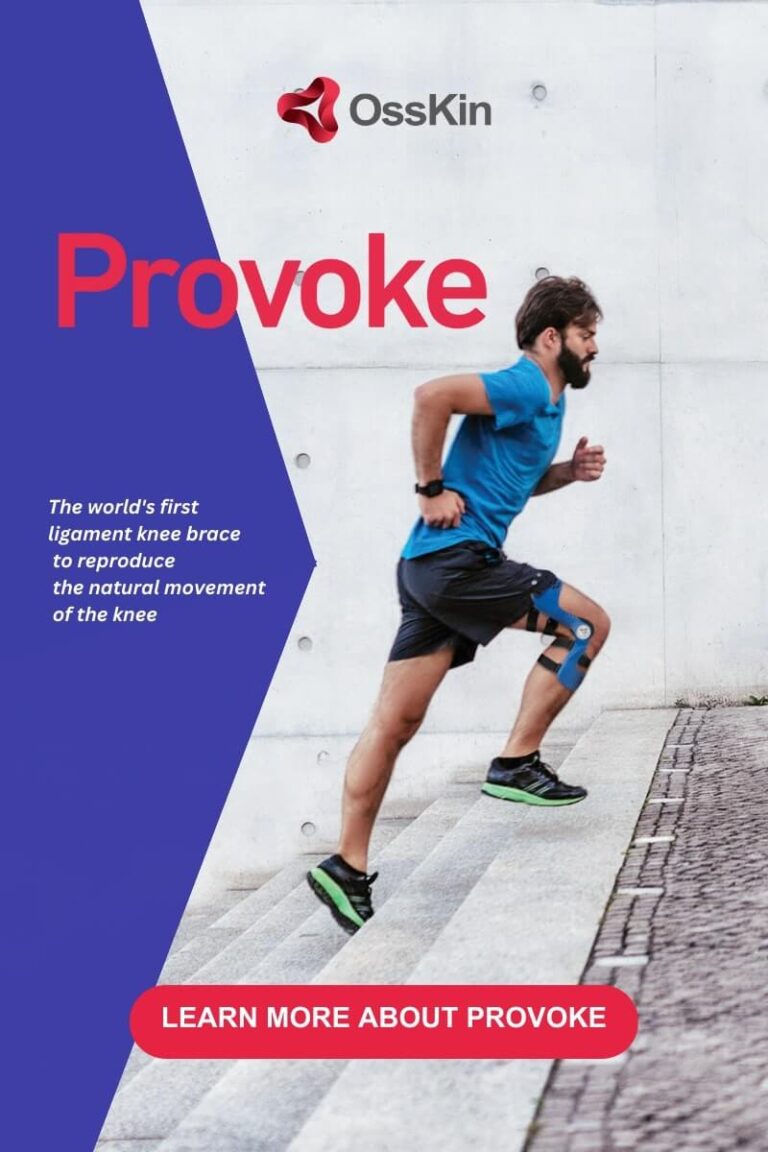
Share on
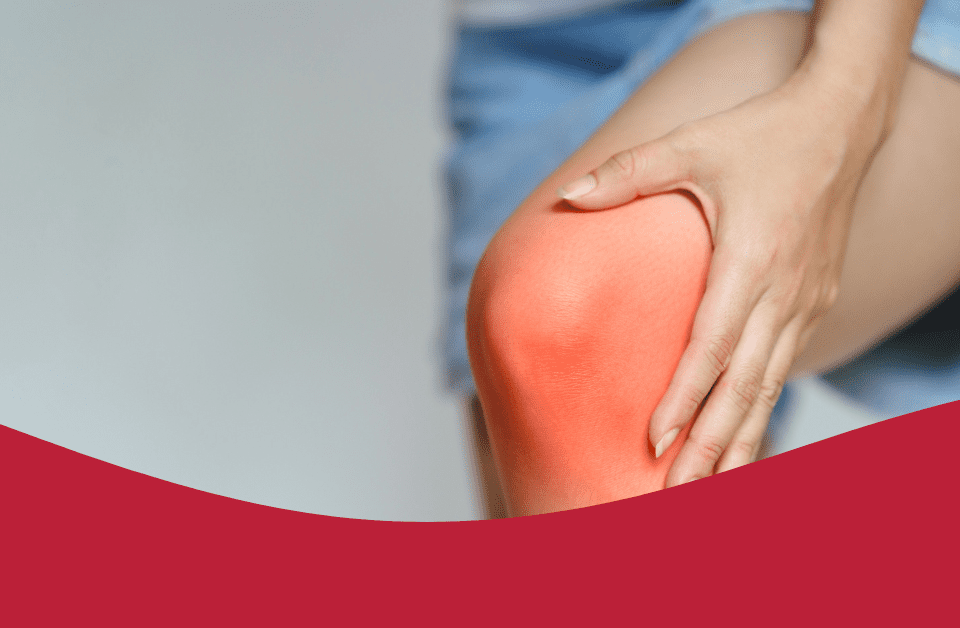
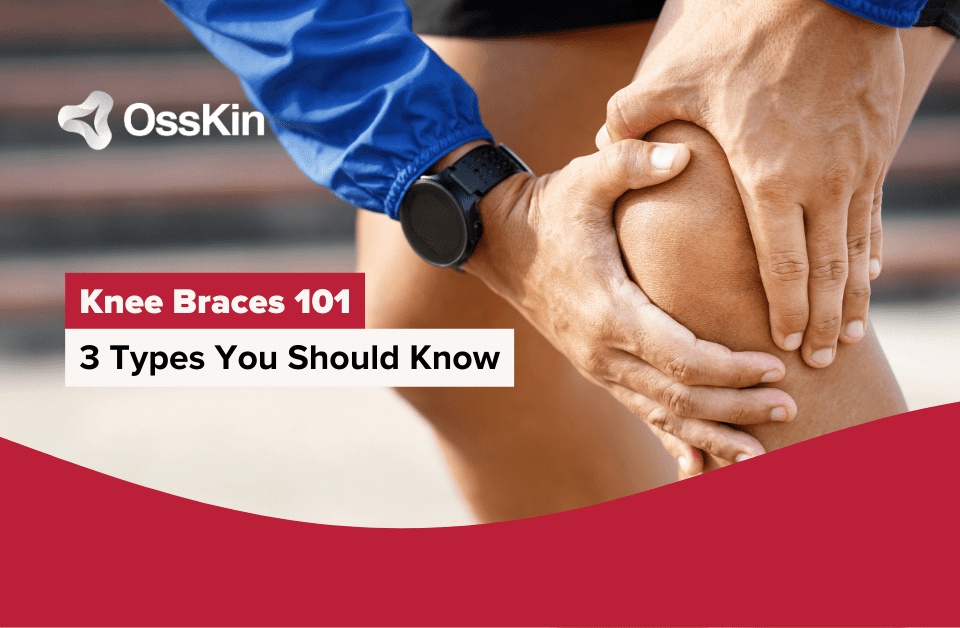
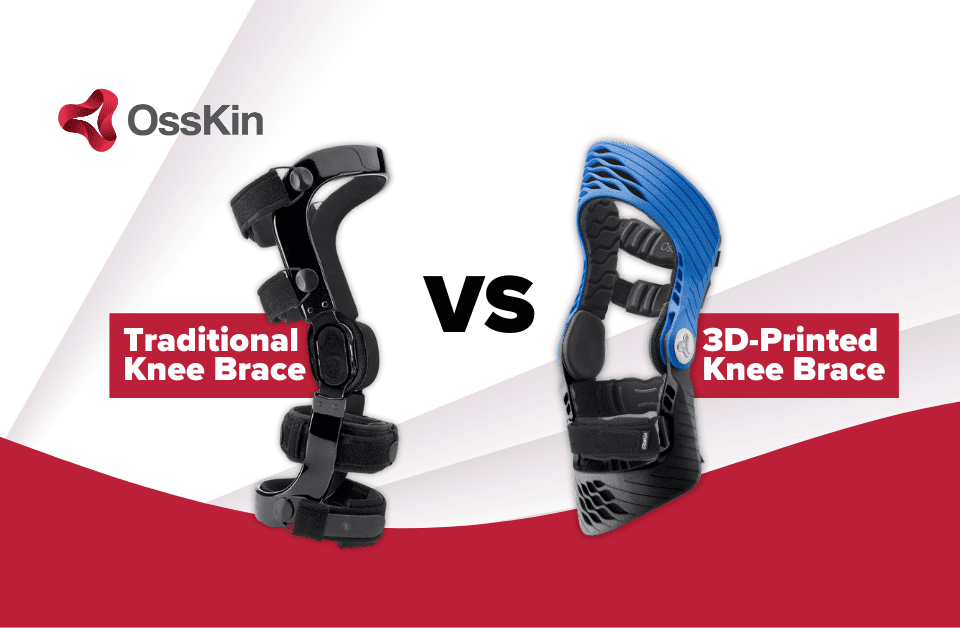
OssKin © 2024